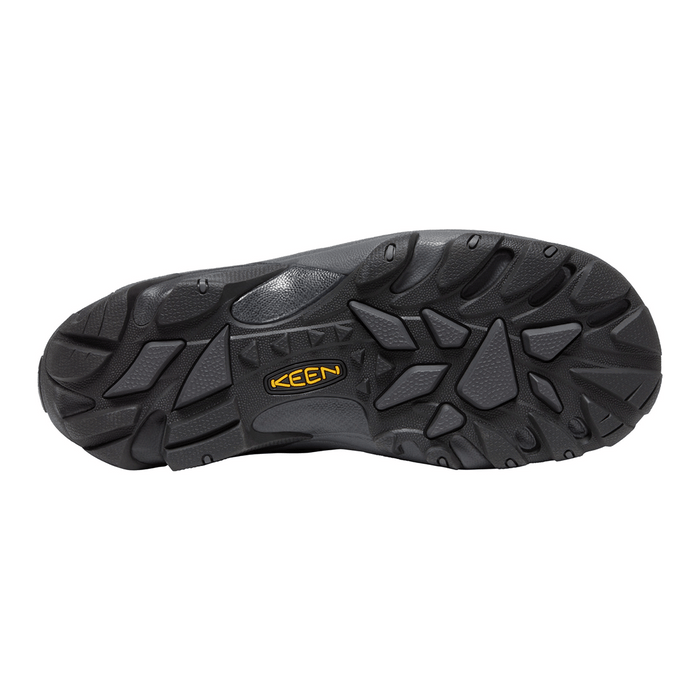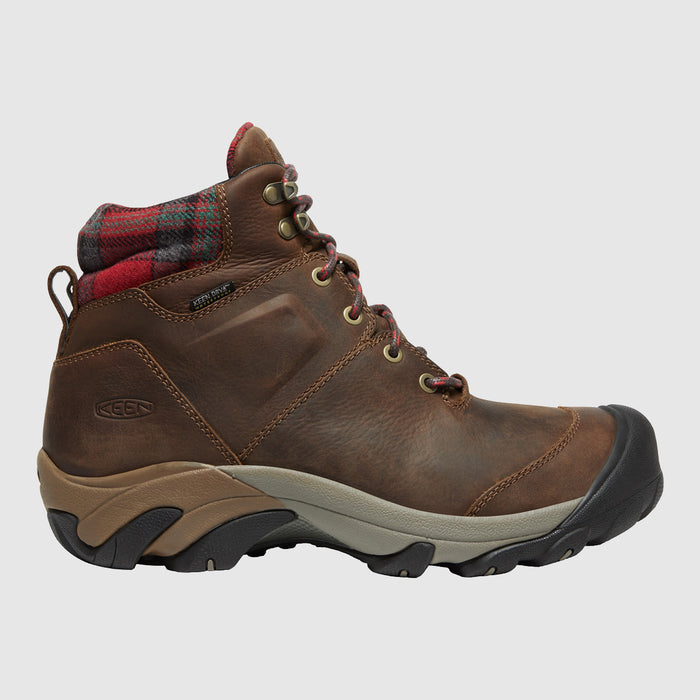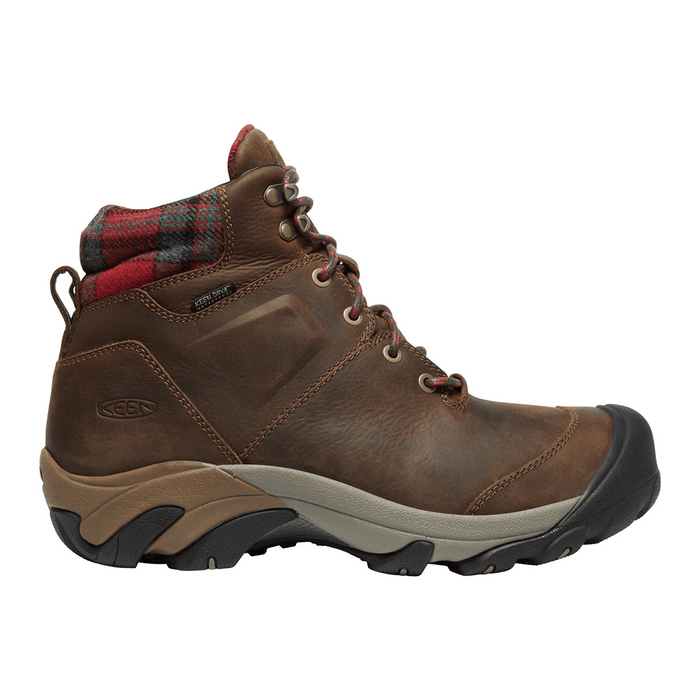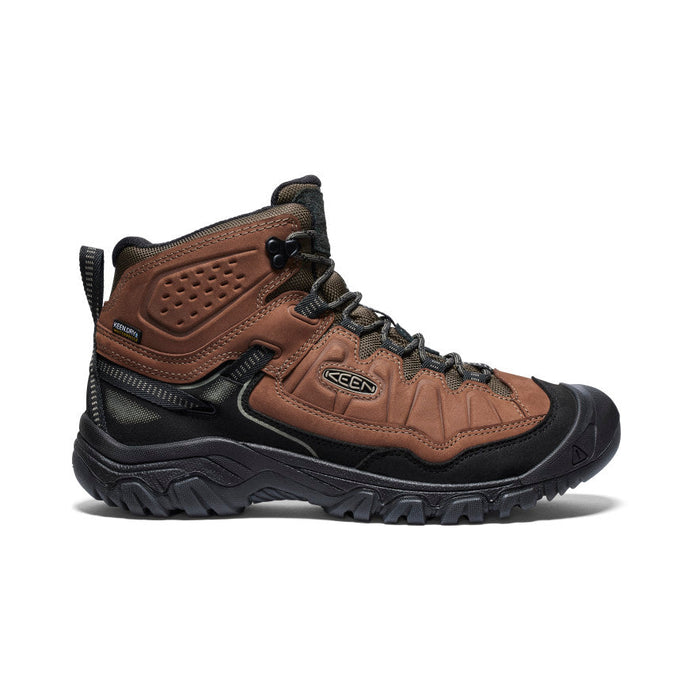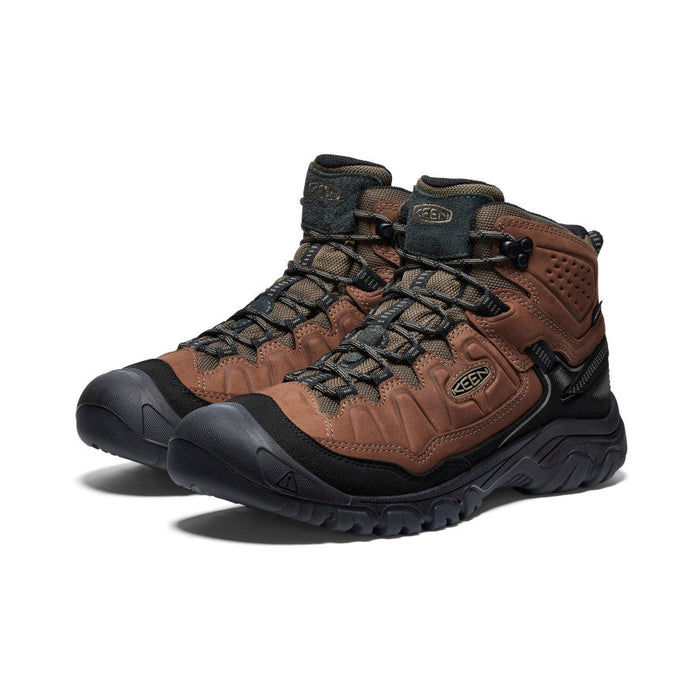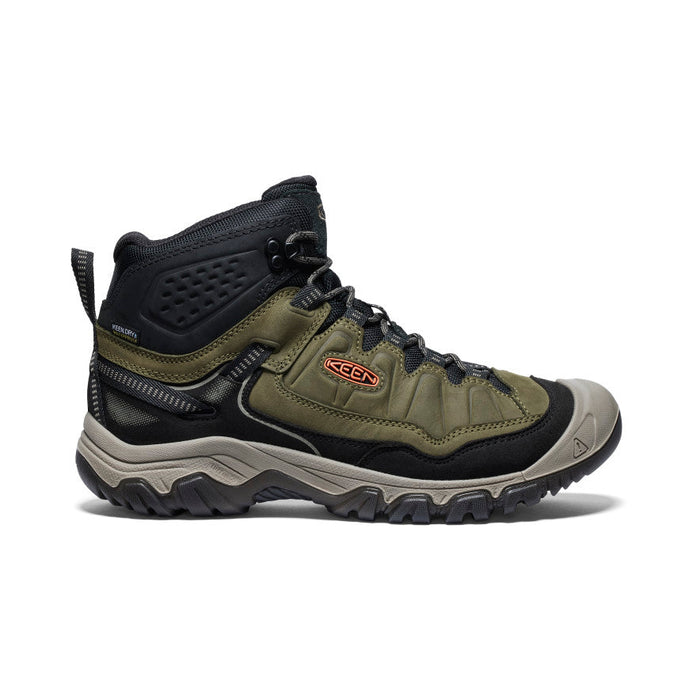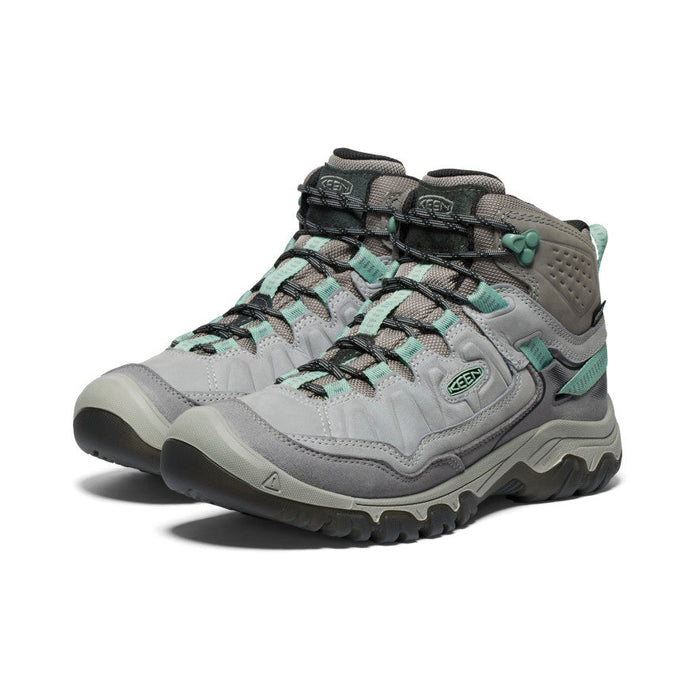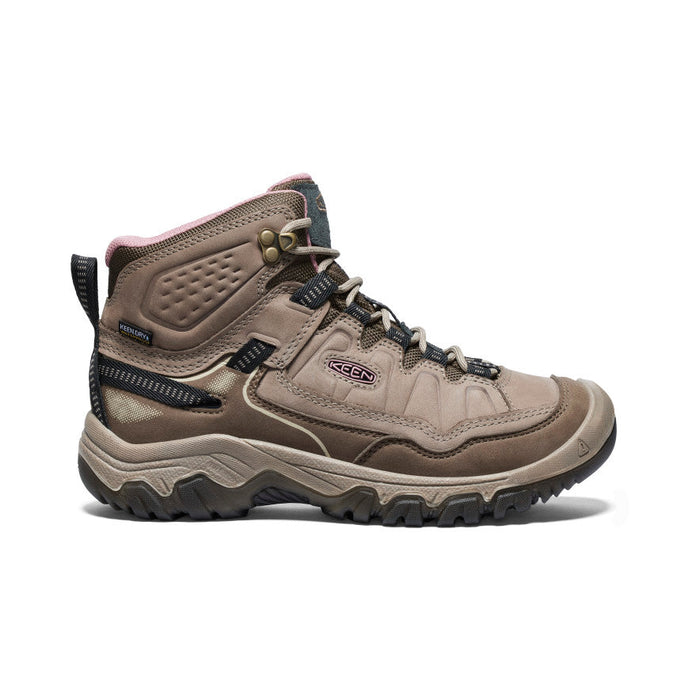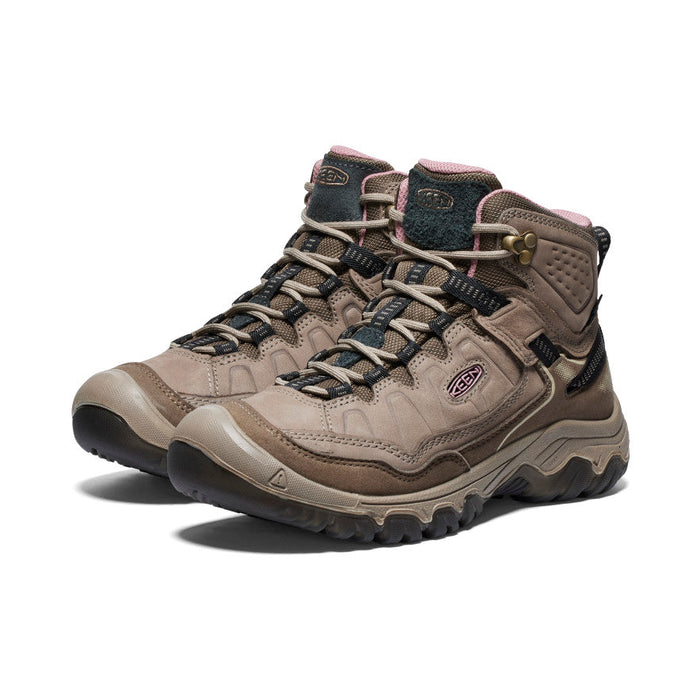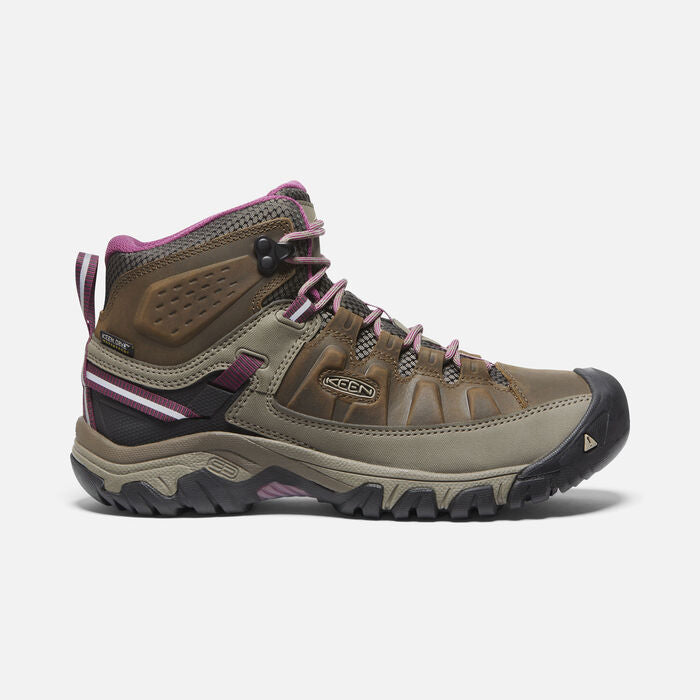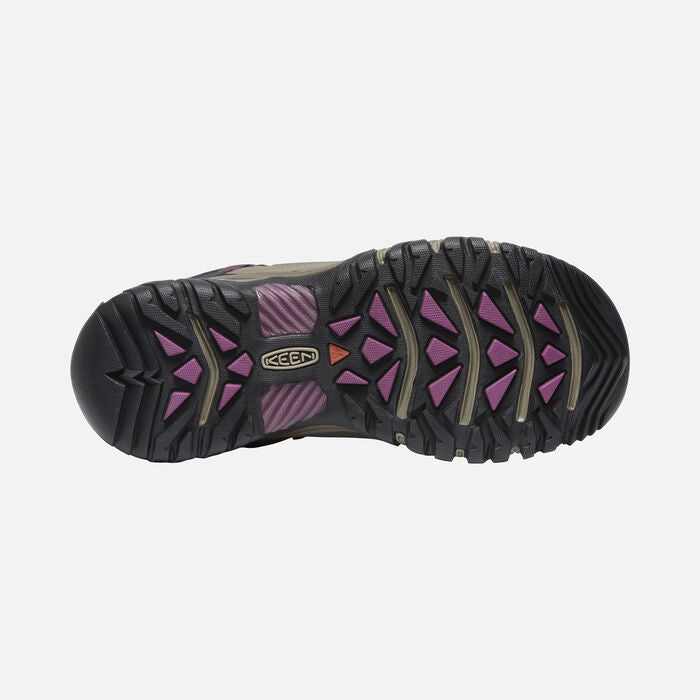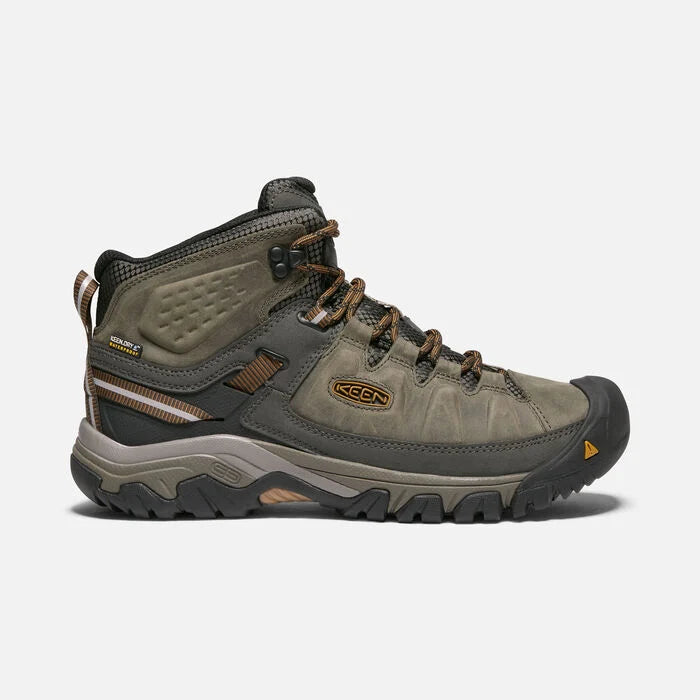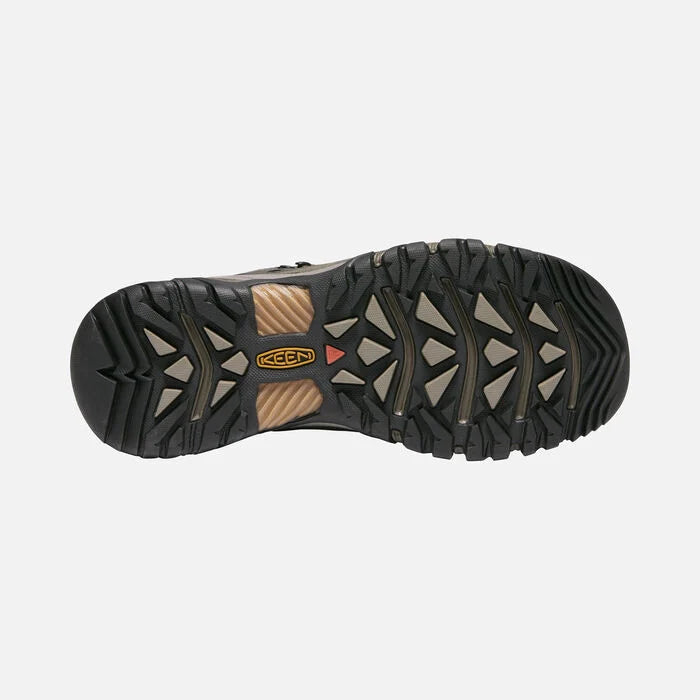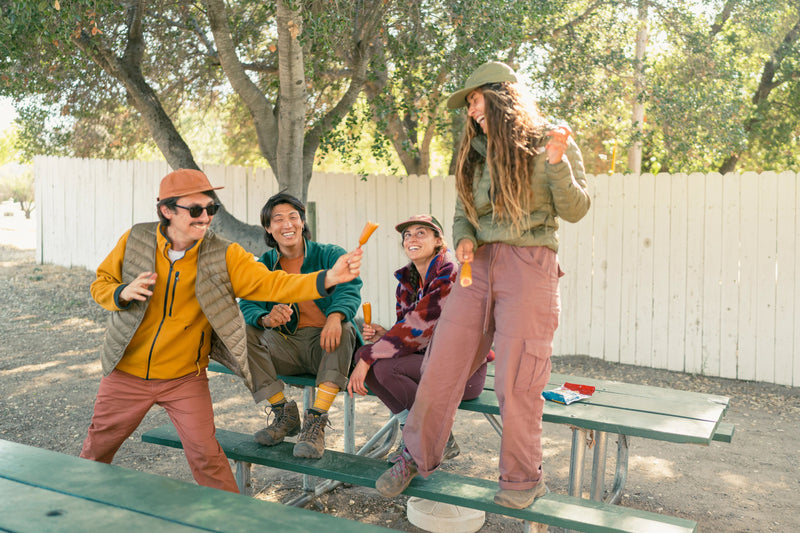
Summer is here! Here's a reminder to protect yourself from the sun’s rays. It’s safe to say we’ve got a complicated relationship with the sun: We owe so much to it, from ripe, juicy tomatoes to solar-powered naps by the pool. Sunlight even helps our bodies produce essential vitamin D. And yet, it can quickly turn on us, wreaking havoc on our skin and causing everything from sunburns to skin cancer.
Skin cancer is one of the most common types of cancer. Over 80 percent of skin cancers are caused by overexposure to UV radiation, and most skin cancers develop from cumulative sun damage that happens over the course of our lives (which is why it’s crucial to keep kids protected from an early age).
Even if they don’t lead to skin cancer, sunburns are no fun either; they’re red, can lead to peeling and blistering, and are incredibly painful. Severe sunburns can even come with nasty symptoms like fever, headache, dehydration, confusion, nausea, or chills. (Sunburns this bad usually require medical attention.)
By now, we all know the basics of sunscreen: Wear lots (and lots) of it. Make sure it’s SPF 30 or higher. Put it on at least 15 minutes prior to going out. Reapply every two hours, or after swimming, sweating, or toweling off.
What else can we do to minimise our sun damage while still enjoying glorious weather and sun-warmed skin? How can we have a UV-friendly summer?
Here are our tried-and-true KEEN tips:
COVER UP
Sunscreen can only do so much; it’s best combined with other ways to shield your skin from UV rays. Like these:
• Wear UPF clothing: These days, you can buy all kinds of garments that are rated for UPF (Ultraviolet Protection Factor). Clothing with a UPF of at least 30 will offer you “good” protection; a UPF of 50 or higher provides “excellent” protection.
• Don’t forget your hat: Mom was right; you need a hat. They protect your neck, face, and the top of your head. Don’t risk the bald-spot sunburn, or the hair-part sunburn.

• Grab a neck gaiter: Pulling a gaiter over your face offers extra protection, especially when combined with a hat. You can even find a UPF-rated gaiter.
• Wear many loose, light layers: Take advantage of this strategy, used by people living in extremely hot, desert-like climates for thousands of years. Wearing loose, light layers is a good way to stay cool and keep your skin covered.
• Bring a lightweight shawl: Even if there's no shade available, you can put your back to the sun and use your shawl to cover your neck, shoulders, and back.
• Put on a rashguard: When swimming, snorkeling, or SUPing, it’s often easier to wear a long sleeve rashguard than to apply and reapply sunscreen all day. Pop on your rashguard, and you’ve got that much less skin to cover with sunscreen.
• Cover up in the car: Remember that some types of UV rays can come through glass. The glass in windshields is usually made to block UV, but windows often aren’t. This means the side of your body that’s next to the car window might be in danger of full-blast sun exposure. Use your shawl to cover the window, or keep a light towel in the car to throw on for extra-sunny drives. You can also buy tinted window film that blocks out UV rays.
PROTECT YOUR EYES TOO
Eyes can develop cancer or cataracts from UV exposure, so they need protection just as much as skin does. It’s especially true if you’re on or near water, which can reflect strong UV light directly onto your face. There are two ways to go for eye protection:
• Sunglasses: Look for ones that block 99 to 100 percent of both UVA and UVB radiation. Larger lenses will provide protection to more of your eyes and face. Polarized lenses reduce glare from the water, making it easier to see.

• UV-blocking contact lenses: Some brands of contact lenses now feature a coating that blocks UV rays. These lenses offer your eyes UV protection even when you’re not wearing your sunnies.
WATCH THE UV INDEX
Ever gotten a sunburn on a cloudy day? It happens! UV sneaks in at unexpected times, even when the sunshine isn’t blindingly bright.
Here are our favorite ways to stay aware of UV exposure when we’re outside:
• UV indicator wristbands: These wristbands change color when the UV rays reach a certain level. They also change color when it’s time to reapply sunscreen, and when UV rays are so high you should avoid the sun altogether.
• UV skin stickers: These little stickers attach to your skin and are meant to be covered with sunscreen when you apply it to your face and body. When the sunscreen wears off, the sticker will change color and remind you to reapply.
• UV-activated beads: Similar to the wristbands and stickers, UV-reactive beads change color when exposed to UV light. We’ve used these beads to make zipper pulls for our jackets and backpacks. They act as a visual reminder that it’s time to cover up, put on sunscreen, and find some shade.
• Check your app: The weather app that’s already on your phone usually includes the current UV Index (check near the bottom), which provides a forecast of the expected risk of overexposure to UV radiation from the sun. Here’s how to read the UV scale: A UV Index of 0-3 means low risk of harm from unprotected sun exposure. A UV Index of 3-5 means moderate risk, 6-7 means high risk, 8-10 is very high risk, and anything over 11 is extremely high risk.
SKIP THE MOST DANGEROUS PART OF THE DAY
Sometimes, staying safe from the sun is as simple as going by the clock: Head out from early in the morning to about 10:00 a.m., then find a cool, shady spot to read, nap, or relax while the sun is most intense, until about 4:00 p.m. Then you’re clear to go out for part two of your adventure.

HAVE A SUN-PROTECTING SNACK
It’s not a replacement for wearing sunscreen or covering up, but there are some foods with natural UV-shielding qualities, especially ones high in beta-carotene, lycopene and vitamin C. These include:
• spinach
• cucumber
• tomato
• carrot
• grapes
• guava
• strawberry
• watermelon
• pomegranate
Coincidentally, all of these foods are lovely to eat raw in a cool and refreshing summer salad. If you need a beverage, green tea and coffee are both high in plant polyphenols that help guard against UV radiation. Can we order that on ice?
Sunshine is a wonderful thing, but it’s best when we get just enough and not too much. Here’s wishing you a UV-friendly summer free of sunburns!

Men's Targhee II Winter Waterproof Boots Black Black
- Regular
- $349.99
- Sale
- $349.99
- Regular
-
$0.00
- Unit Price
- per
Men's Targhee II Winter Waterproof Boots Dark Earth Red Plaid
- Regular
- $349.99
- Sale
- $349.99
- Regular
-
$0.00
- Unit Price
- per
Men's Targhee IV Mid Waterproof Bison Black
- Regular
- $329.99
- Sale
- $329.99
- Regular
-
- Unit Price
- per
Men's Targhee IV Mid Waterproof Dark Olive Gold Flame
- Regular
- $329.99
- Sale
- $329.99
- Regular
-
- Unit Price
- per
Women's Targhee IV Mid Waterproof Alloy Granite Green
- Regular
- $329.99
- Sale
- $329.99
- Regular
-
- Unit Price
- per
Women's Targhee IV Mid Waterproof Brindle Nostalgia Rose
- Regular
- $329.99
- Sale
- $329.99
- Regular
-
- Unit Price
- per
Women's Targhee III Mid Waterproof Weiss Boysenberry
- Regular
- $319.99
- Sale
- $319.99
- Regular
-
- Unit Price
- per
Men's Targhee III Mid Waterproof Black Olive Golden Brown
- Regular
- $319.99
- Sale
- $319.99
- Regular
-
- Unit Price
- per


